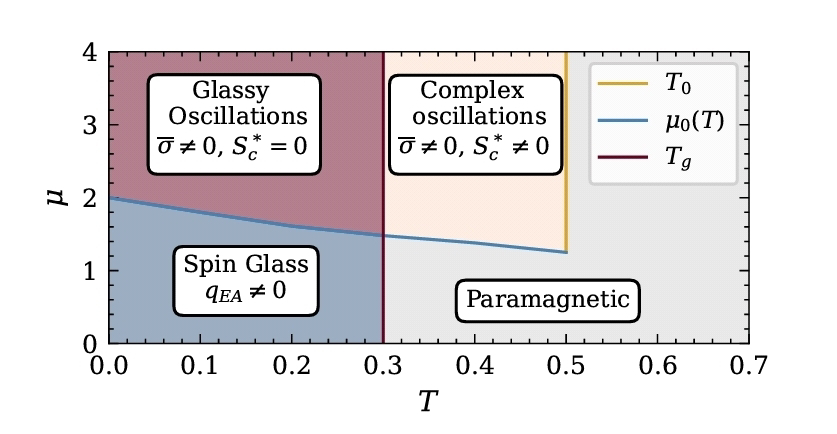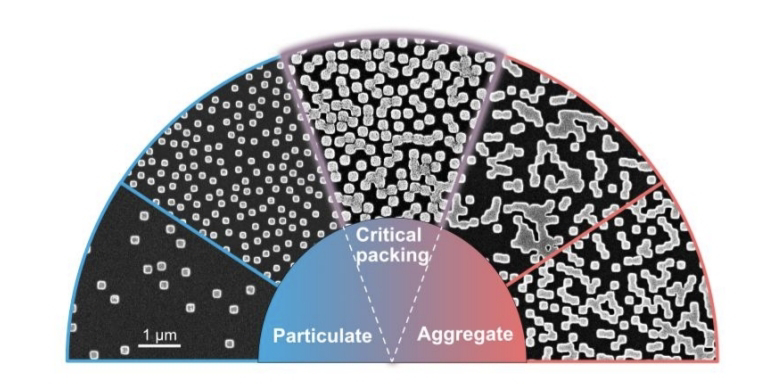<< ️The introduction of stochastic forcing to dynamical systems has been shown to induce qualitatively different behaviors, such as attractor hopping, to otherwise stable systems as they approach bifurcation. In this (AA) study, the effect of stochastic forcing on systems that have already undergone bifurcation and evolve on a chaotic attractor is explored. Markov and state-independent models of turbulence-induced stochasticity are developed, and their effects on a natural circulation loop operating in the chaotic regime are compared. >>
<< ️Stochasticity introduces considerable uncertainty into the duration of the initial chaotic transient but tends to accelerate it on average. An Ornstein-Uhlenbeck model of turbulent fluctuations is shown to produce results equivalent to a bootstrapped raw direct numerical simulation signal. >>
<< Similar, though less pronounced, effects are found for systems operating in the chaotic itinerant regime. The Markov model of chaotic itinerancy which is typically applied to this class of problems is shown to be invalid for this system and the Lorenz system, to which it has been applied in the past. >>
<< ️Off-discrete transitions and an upper limit on the time between flow reversals are explained by near misses of the attractor ruins caused by lingering excitation of high-order modes during chaotic itinerancy. >>
John Matulis, Hitesh Bindra. Effect of stochasticity on initial transients and chaotic itinerancy for a natural circulation loop. Phys. Rev. E 112, 044223. Oct 23, 2025
Also: disorder & fluctuations, turbulence, attractor, chaos, transition, uncertainty, in https://www.inkgmr.net/kwrds.html
Keywords: gst, disorder, fluctuations, turbulence, attractor, chaos, transition, uncertainty, stochasticity, flow instability, chaotic itinerancy, noise-induced transitions.







